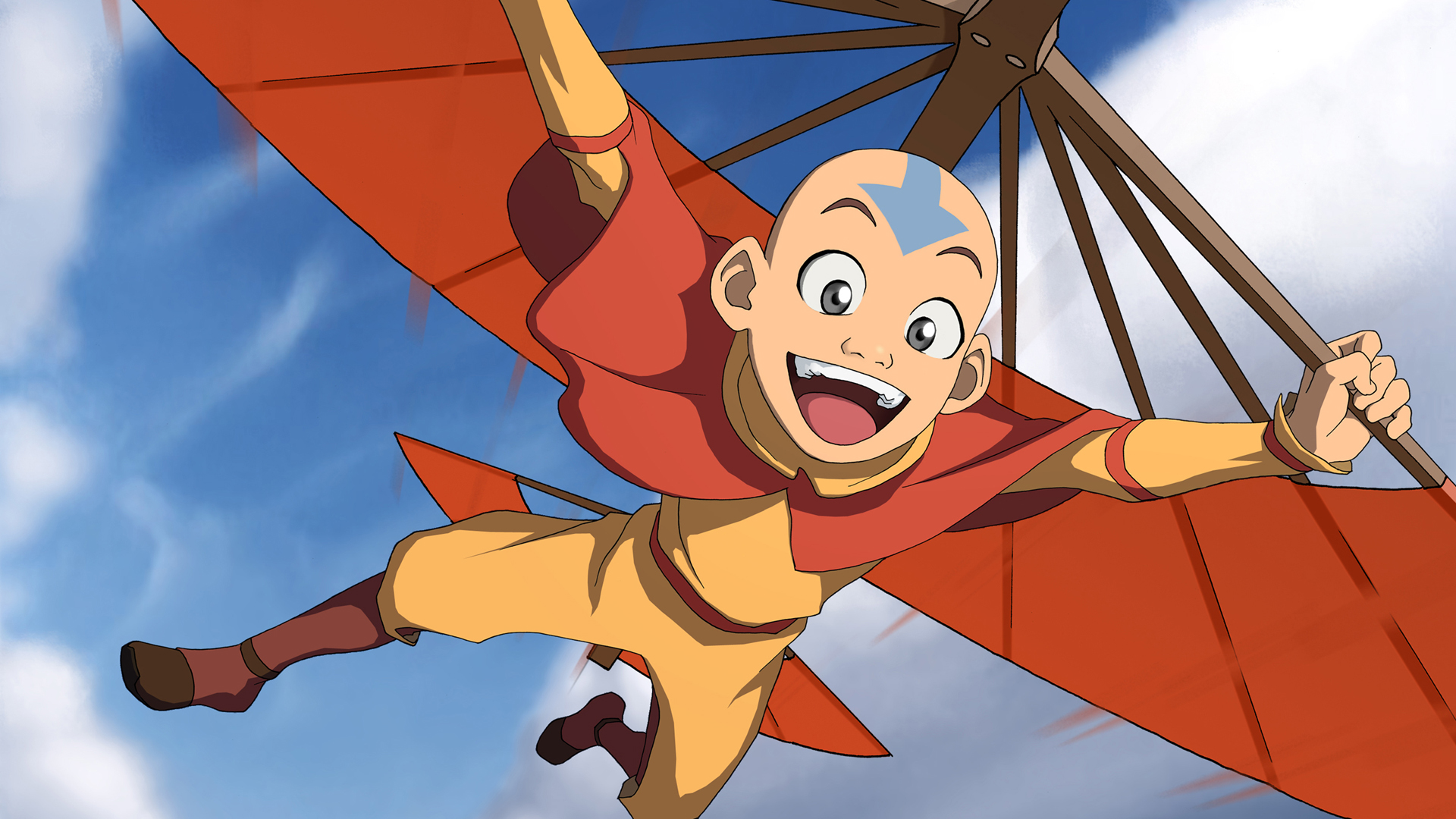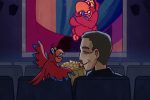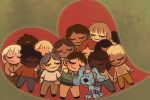Cartoons aren’t all slapstick humor anymore. Many children’s TV shows today have gained popularity — with adults and kids alike — because of the storytelling and the messages they convey, whether they are about family, friendship or staying true to beliefs.
With colorful settings and out-of-this-world characters, the overarching plots of these cartoons provide good grounds to show character development. As favorite characters learn, audiences get the chance to learn with them. Here’s a summary of some of the morals that each cartoon teaches.
1. “Over the Garden Wall”
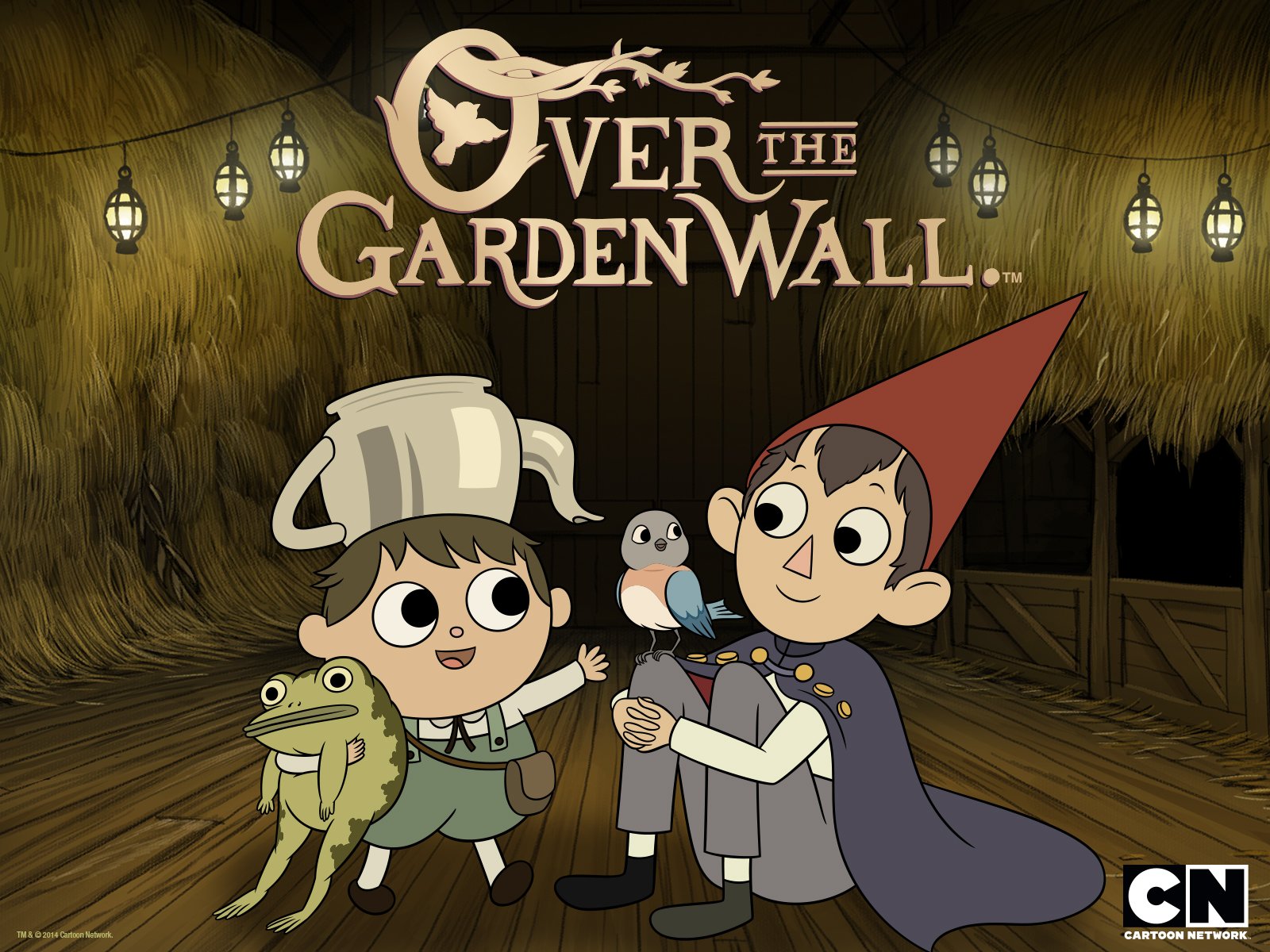
This eerie mini-series features two brothers who’ve found themselves in a strange new world. In the Unknown, Wirt and Greg don’t quite know who’s responsible for getting them home. Wirt is the older child, but he struggles to lead in such a strange place. Greg, the happy-go-lucky boy, doesn’t understand the danger they’ve entered.
Throughout the 11-minute, 10-episode series, the two encounter lots of chances to make wrong or careless decisions and take responsibility for their actions. It also teaches having a healthy view of yourself. If you haven’t seen the show, spoilers ahead!
Angsty poetic teen Wirt tends to believe that his friends don’t really like him. With the heart of an outsider, Wirt worries that the girl he likes won’t like him back, and he believes that Jason Funderberker will steal her away.
It’s later revealed in the series that his worries aren’t realistic. His friends really do welcome him, the girl he likes might be interested, and she’s not interested in small, pale, awkward Jason Funderberker either. While in the Unknown, he gets a better idea of how people really view him. Through this, “Over the Garden Wall” shows how to view yourself in a healthier manner.
2. “Gravity Falls”
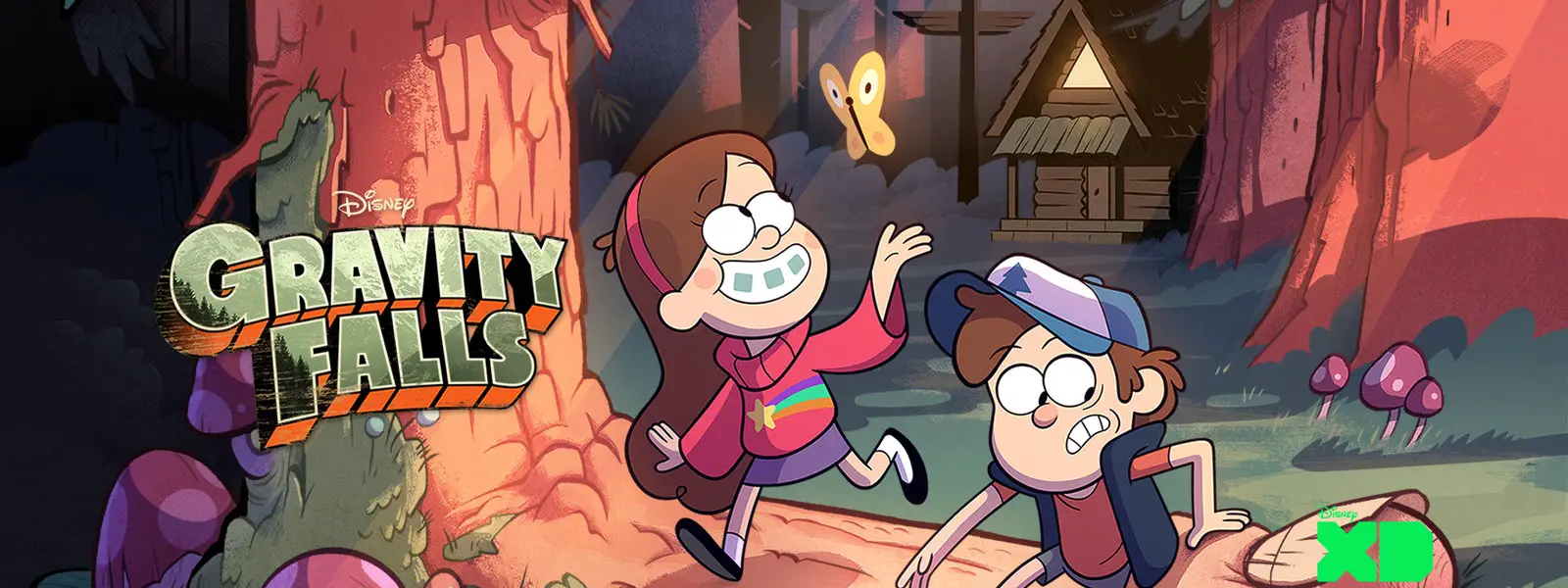
Getting along with family is always a challenge. They tease you, take your stuff and invade your space, and sometimes you just can’t stand it. The Pines family in “Gravity Falls,” which is among the more popular children’s TV shows, is no exception.
The main characters, twins Dipper and Mabel Pines, exemplify how to maintain a good relationship between siblings by letting each other know how they feel; if they hurt each other, they talk it out. The way they encourage each other shows that it isn’t always easy, but family is one of the best places to get support and love — especially while battling extradimensional demons.
3. “Steven Universe”
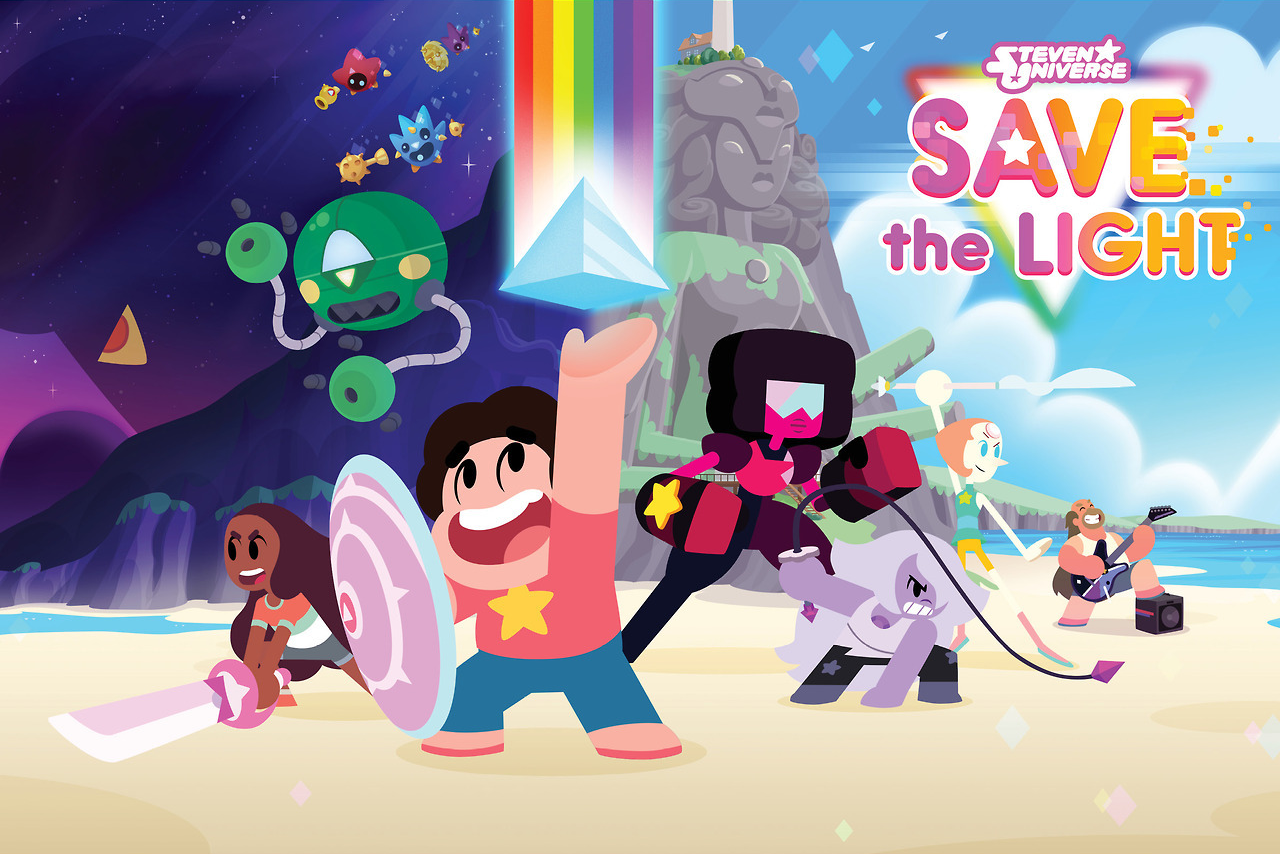
This musical show is heavily infused with the message that love is for everyone. With hidden representation for LGBTQ characters of different shapes, sizes, colors and planets, “Steven Universe” underlines love for every kind of living thing.
But there are different kinds of love. The main character Steven and his best friend, Connie, show sibling love. Some of the partnered characters, like the fusion Garnet, show romantic love. Steven’s small group of caretakers and his dad each represent familial love. And spunky Steven naturally appreciates those he comes across. Altogether, this children’s TV show captures what it’s like to have a loving heart.
4. “Star vs. the Forces of Evil”
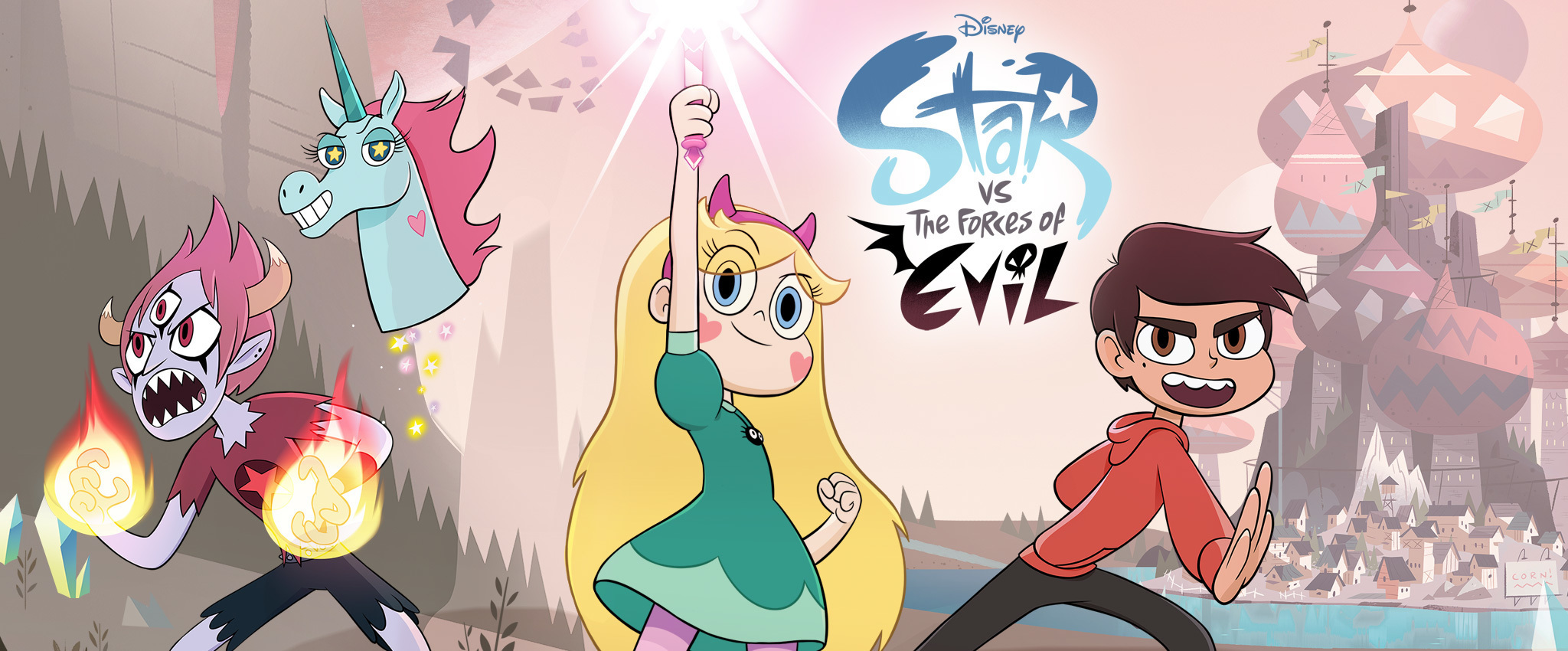
Quirky, rebellious princess Star Butterfly must rule her kingdom one day. She’s sent to Earth for her own good, to learn how to behave with her magic, where she finds Marco Diaz, the safest kid in town. But what if the people don’t like how she wants to lead?
“Star vs. the Forces of Evil” tackles the challenge of doing what’s right even when others say it’s wrong. It challenges the views of those with power. It asks people to take another look at how they’re operating and to see what’s wrong with it.
And when she’s met with resistance and challenges in her personal life, in the safety of herself and her people, she doesn’t back away from what she believes in.
5. “Trollhunters”
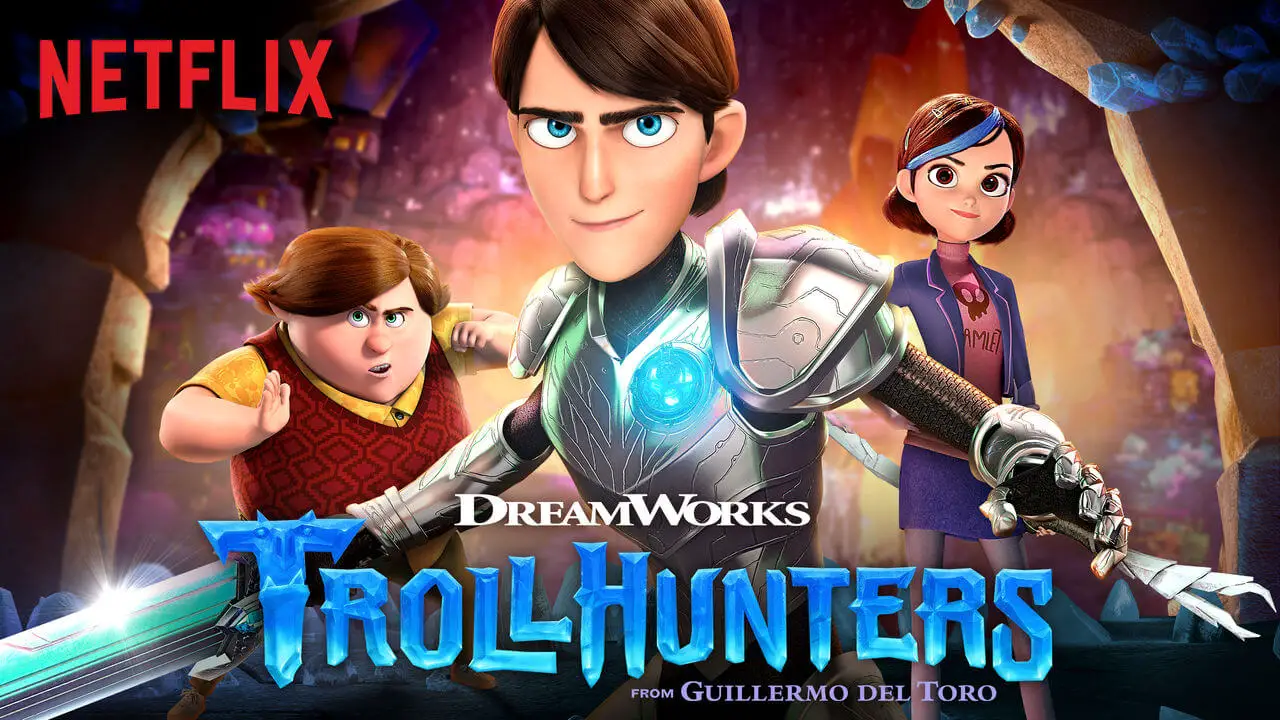
Jim Lake Jr. is just a teen searching for a little more adventure in life when he stumbles across a magical amulet. In this Netflix original, the powers of the amulet call him to a job far more daring than he’d bargained for.
Tasked with protecting a whole civilization of trolls, Jim must rely on those around him to help him adjust to his new destiny. While the mantle of “Trollhunter” is supposed to be a life-sentence of lonely heroics, Jim breaks tradition and recruits friends to battle evil beside him.
Throughout the show, Jim struggles to let his friends and family in. To protect those he loves and keep his life as the Trollhunter a secret, Jim pushes away those who help him and tries to go alone. That stubbornness frequently gets him in trouble.
In time, his friends and family become invaluable in the fight, while the enemy’s disloyal allies cause the heroes’ victory. The message is that even if you don’t want to ask for help, it’s not always wise or heroic to go alone, which is unusual for many children’s TV shows.
6. “Avatar: The Last Airbender”
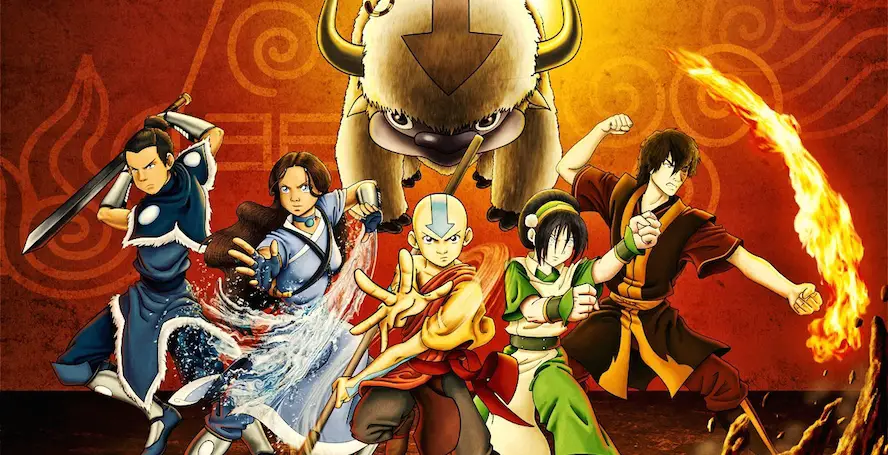
No, it’s not the most recent, but it’s always worth looking at one of the most popular children’s TV shows from another angle. This classic animated series tells a coming-of-age story.
The young Avatar, Aang, has run away from his responsibility: to keep balance in the world with his extraordinary power. But he just wants to have fun and be a goofy kid. When he finally comes back to a world in chaos, he realizes he’s got work to do. He must stop the Fire Nation from ruling the whole planet. But how? Aang doesn’t like fighting.
To find nonviolent answers to violent problems is a daunting task — it requires dodging attacks, thinking quickly and growing in maturity. Aang and his friends always try to work it out without hurting anyone. Aang’s belief that all life is important is crucial to this series’ moral teachings.


